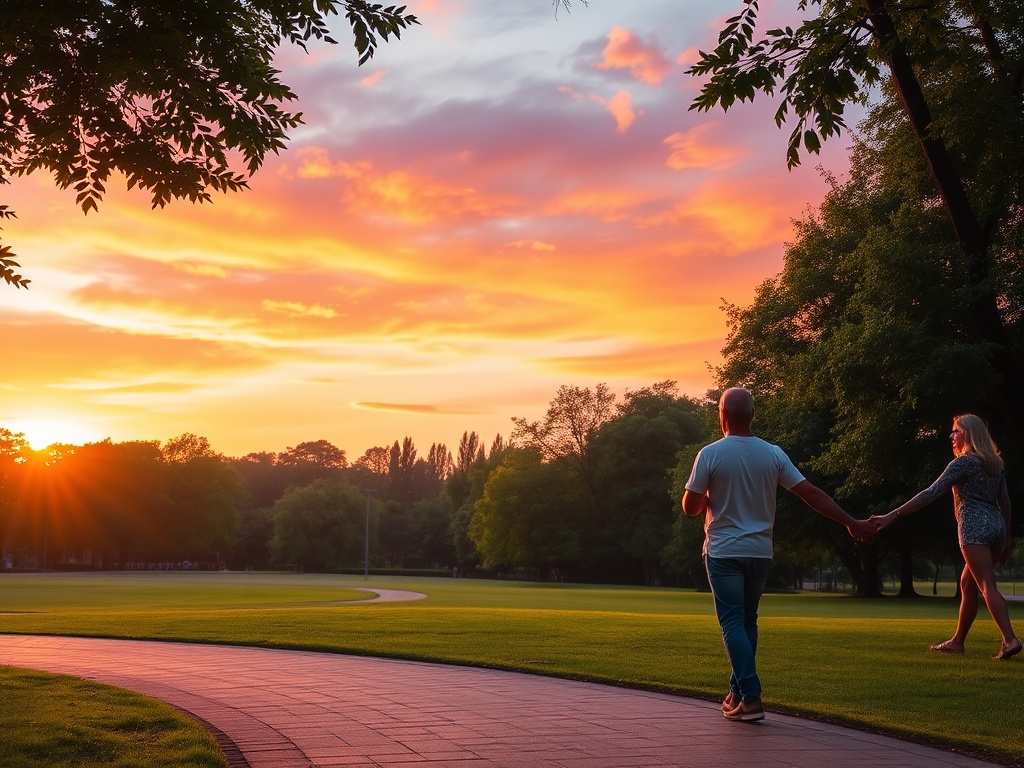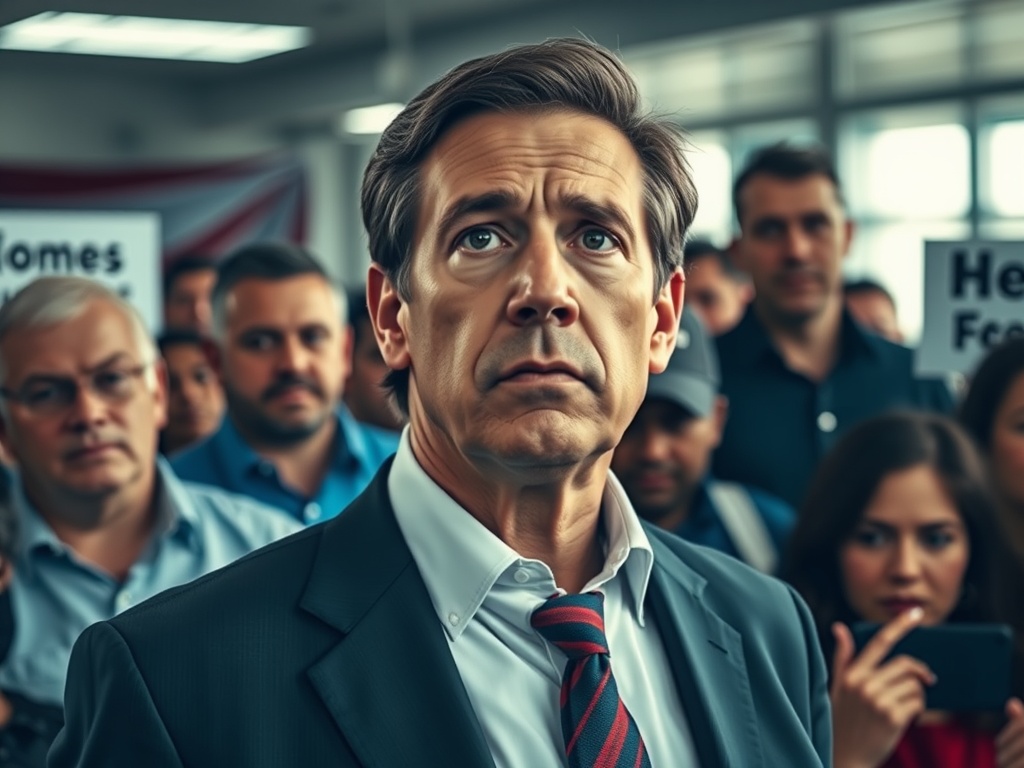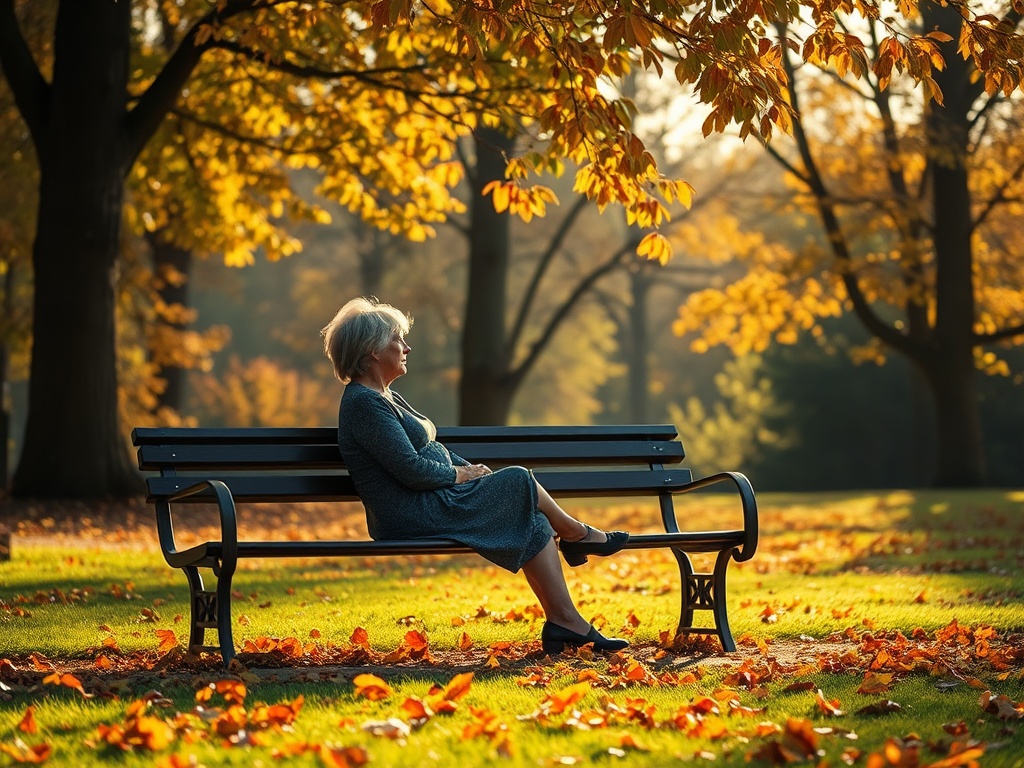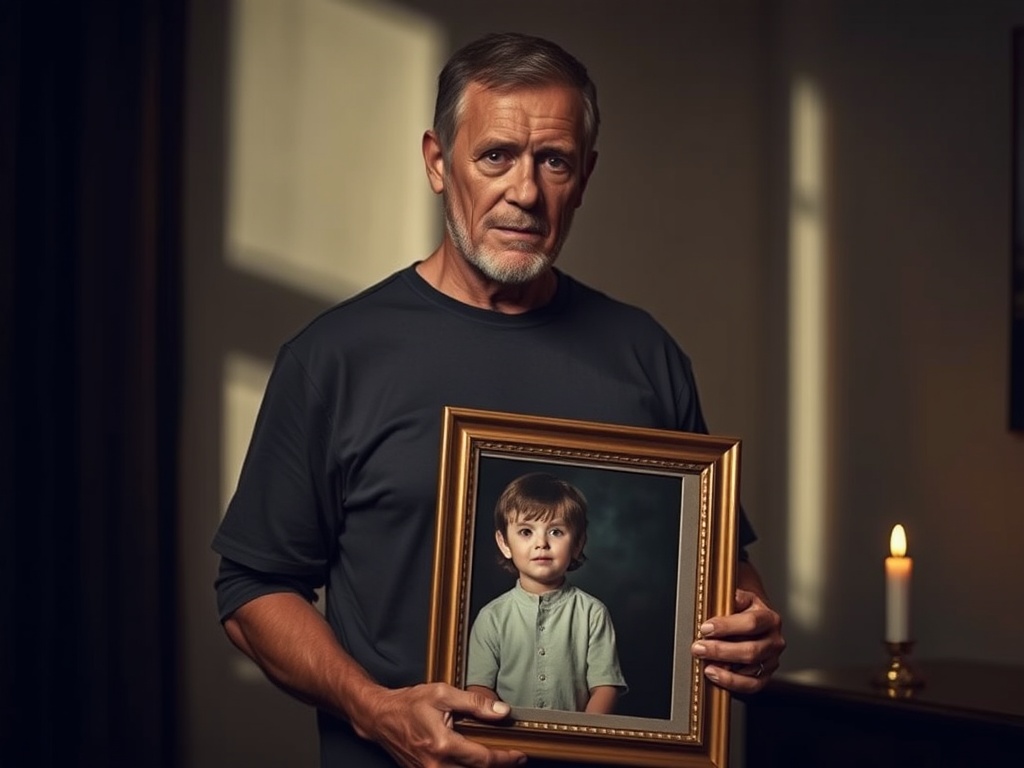A thought-provoking article recently appeared in The New York Times, posing the intriguing question: should your partner also be your best friend? While the author refrains from delivering a conclusive answer, various experts provided their insights, all cautioning against the notion of viewing your partner as your best friend. This perspective strikes me as rather peculiar.
Dr. Eli J. Finkel, a social psychologist, remarked, “It is a lot to expect your partner to be the co-chief executive of the household, to split childcare, to be your exclusive sexual companion, and to be your best friend.” Likewise, Dr. Alexandra Solomon, a clinical psychologist, emphasized the importance of “liking your partner,” which she defined as “admiring them, finding them funny, caring about their worldview, and enjoying their company.” Professor Adam Fisher, the president of the American Psychological Association, argued that couples require some form of “glue” — commitment, shared values, intimacy, finances — but he contended that friendship is not a necessity.
While I am neither a psychologist nor a relationship expert, I feel compelled to share my perspective: if your romantic partner does not also rank as your best friend, then what on earth is the point? Seriously, what are you doing? Why would you voluntarily choose to share your life — in its most intimate form — with someone who isn’t your absolute favorite person in the world? Are you staying together merely because you “share values”? That seems utterly nonsensical to me. If there’s someone you prefer over your partner, someone you deem your best friend, then perhaps it’s time to reconsider your living arrangements and prioritize that person instead.
It’s essential to note that I currently identify as “single as ever.” I’ve been single for so long that I fear I might be beyond the point of wanting to share my space and resources with another human being ever again. I can hardly imagine a scenario where I would think, “This would be so much better with a man lounging on my sofa, watching my TV.” In fact, I’m uncertain how to even handle a boyfriend if one were to enter my life at this stage. How much do they consume? How often do they require walking? No, thank you. I relish my single life, which only deepens my confusion about those who are coupled with someone who isn’t their best friend.
Isn’t a romantic relationship the most intimate and significant partnership two (or more) people can embark on? Why would anyone choose to engage in this experience with someone who isn’t their closest companion? Furthermore, why are mental health professionals advocating for such a setup? While I respect their expertise, I can’t help but question the logic of sharing children and finances with someone you merely “admire” or “like.” It seems to me that in our modern era, we should aim for more than that.
Historically, marriage was often an economic necessity, particularly for women. My grandmother earned a fraction of what men made for the same work and faced numerous barriers in her career. Go back further in time, and women were denied access to higher education, voting rights, and even control over their own finances after marriage. In such conditions, marriage was a matter of survival rather than love or friendship. Thus, being best friends with one’s partner was not a priority back then. If we were still living in the 1950s, I might find an article arguing that friendship isn’t essential for a successful partnership to be somewhat reasonable.
However, in today’s world, we are not bound to marry out of necessity for financial security, which raises the question: why do we continue to engage in such commitments? The most straightforward answer is that our significant others should be the people we cherish above all others, those who enhance our lives simply by being in them. While there are still financial benefits to being in a couple — as a devoted singleton, I can attest that living alone is not inexpensive — one doesn’t need to leap into a romantic relationship solely to manage household expenses. Alternative arrangements, like flat-sharing or communal living, can achieve that goal without compromising on personal happiness.
I believe it is quite dangerous to suggest that anyone should settle for anything less than a best friendship with their partner. How many mediocre relationships continue long after both parties have lost interest, simply because we have set our expectations so low in the realm of romance? If you are in a relationship with someone who isn’t your best friend, I would urge you to reevaluate your situation. Elevate your expectations and stop settling.

There is an important nuance that the The New York Times article overlooks: it’s not that your partner shouldn’t be your best friend, but rather that they shouldn’t be your only friend. This dynamic often appears among older women who retire alongside their husbands, only to find that he follows her around like a lost puppy because he lacks friends of his own.
I wholeheartedly agree that expecting your partner to fulfill all your emotional needs is unrealistic. No one can accomplish that, which is why having friendships outside of your primary relationship is vital. In my opinion, the key to a healthy relationship is maintaining a vibrant network of friends to turn to when your partner inevitably drives you up the wall. However, having diverse friendships does not negate the expectation that the person you choose to share your life with should be at the top of that list. Otherwise, what is the point?




